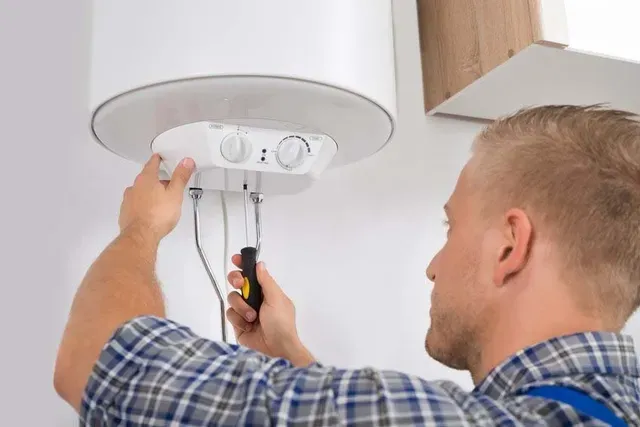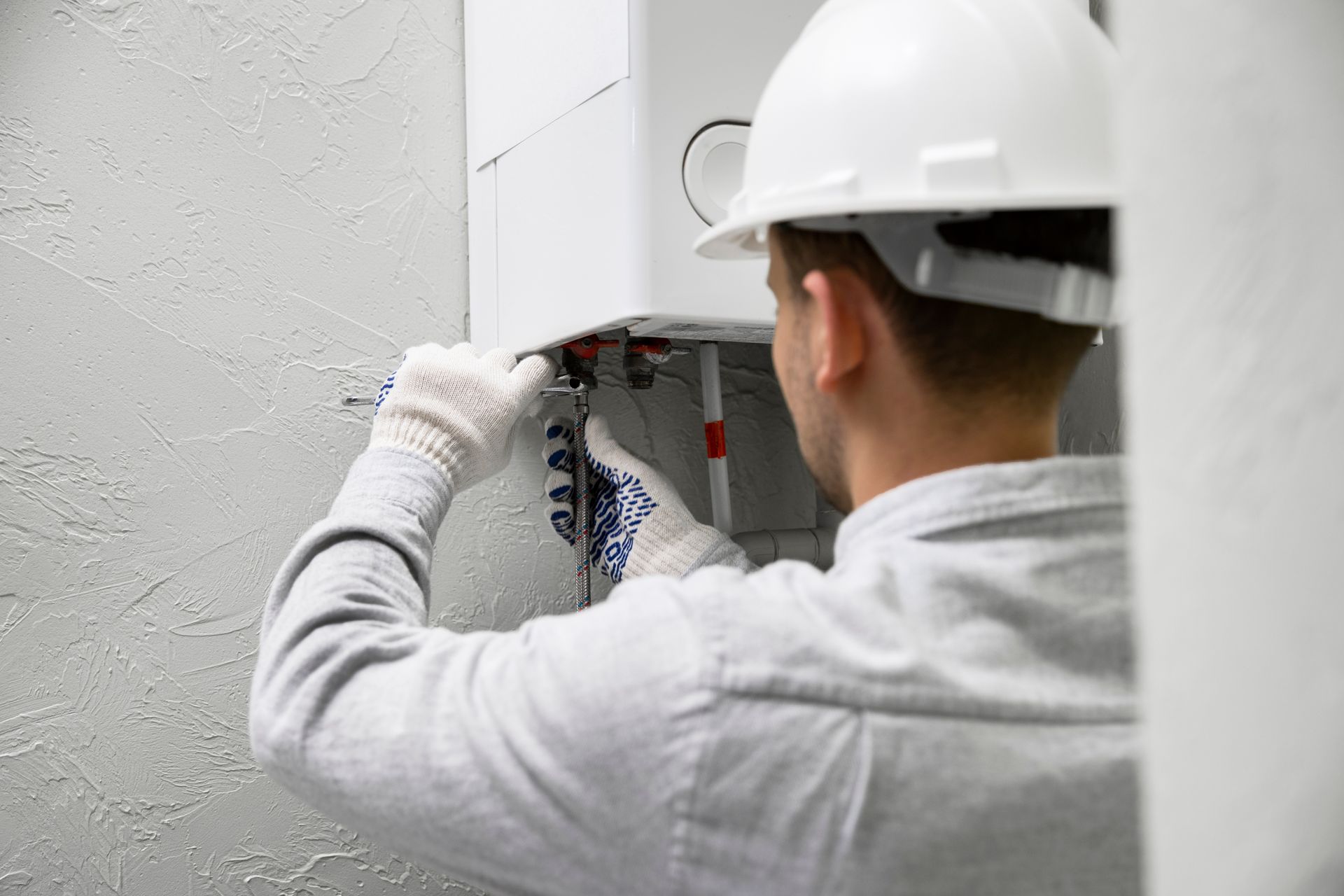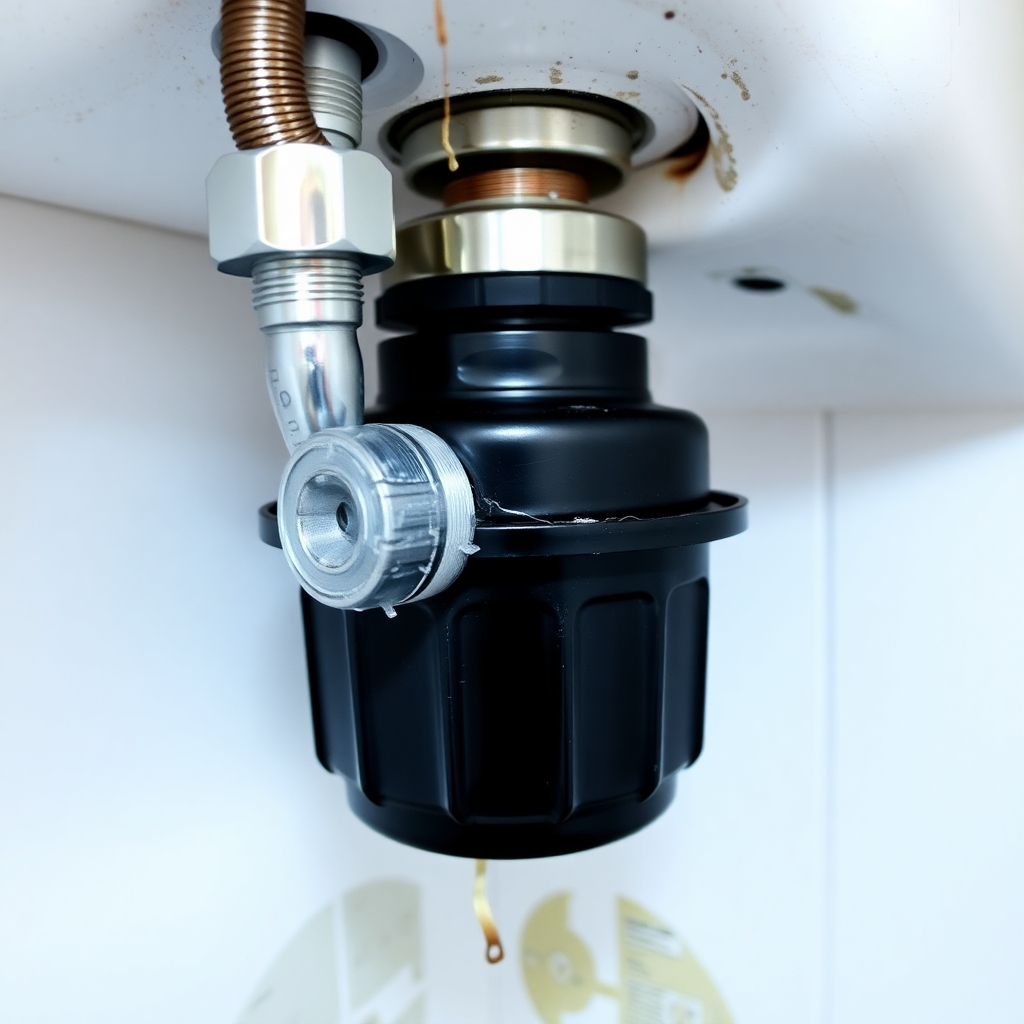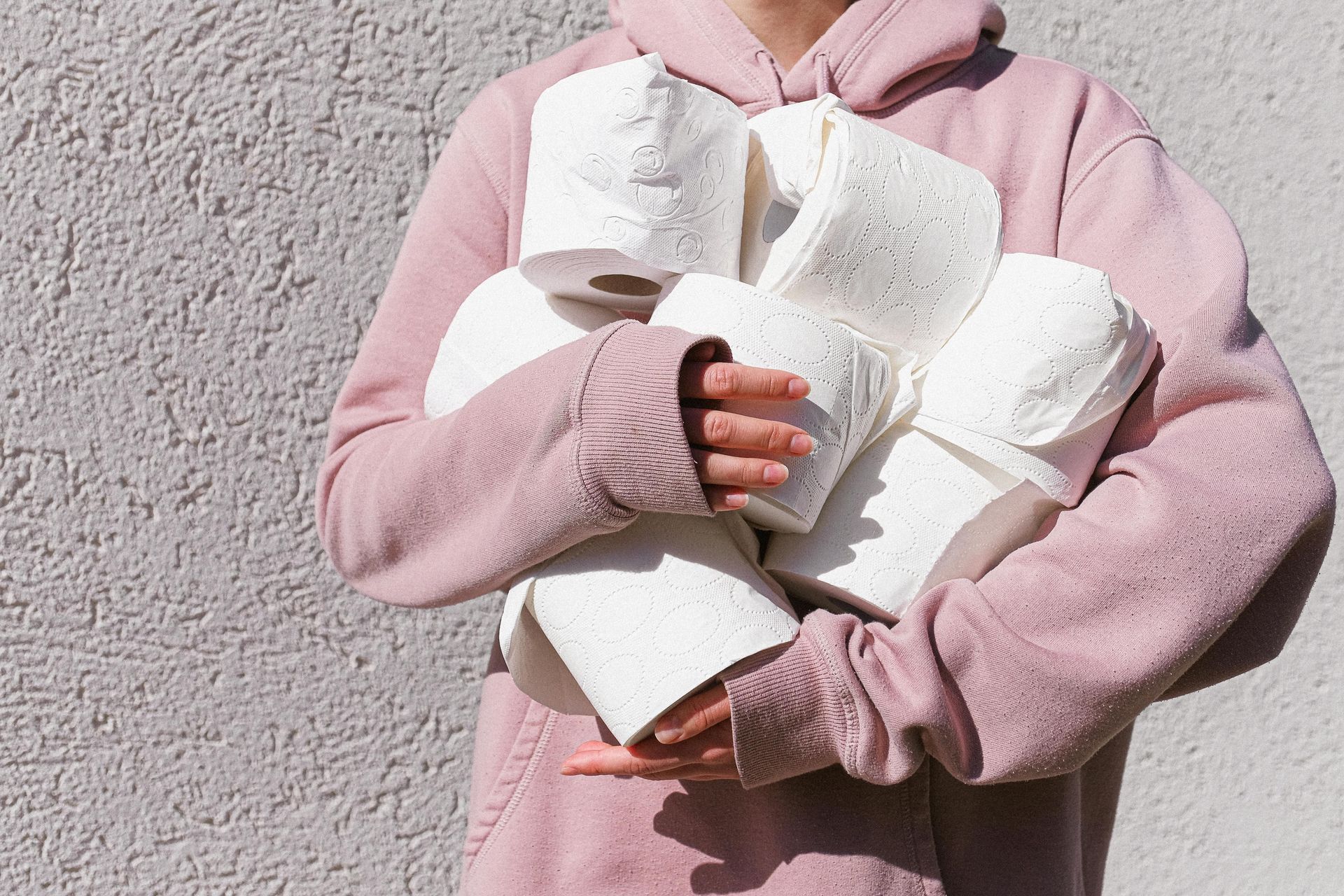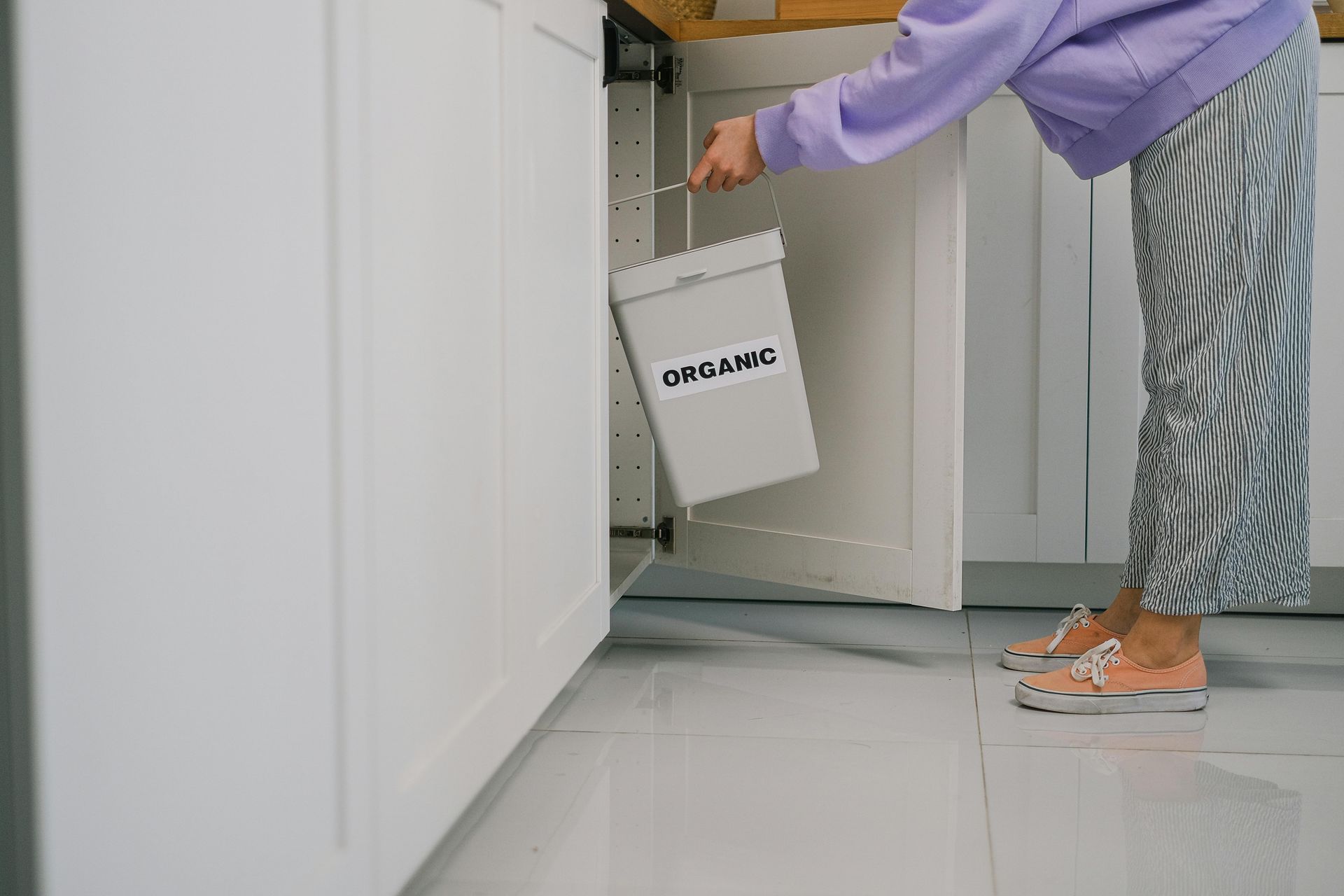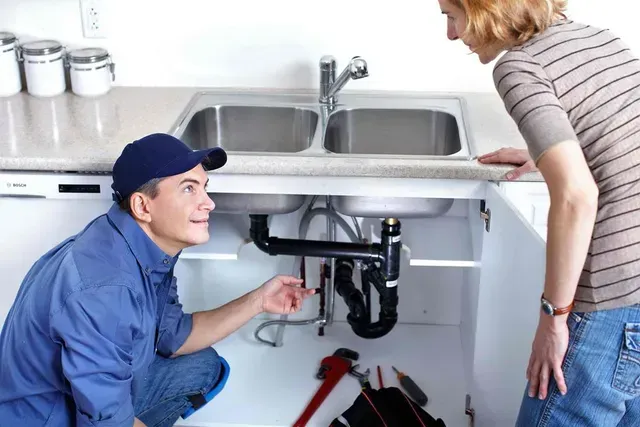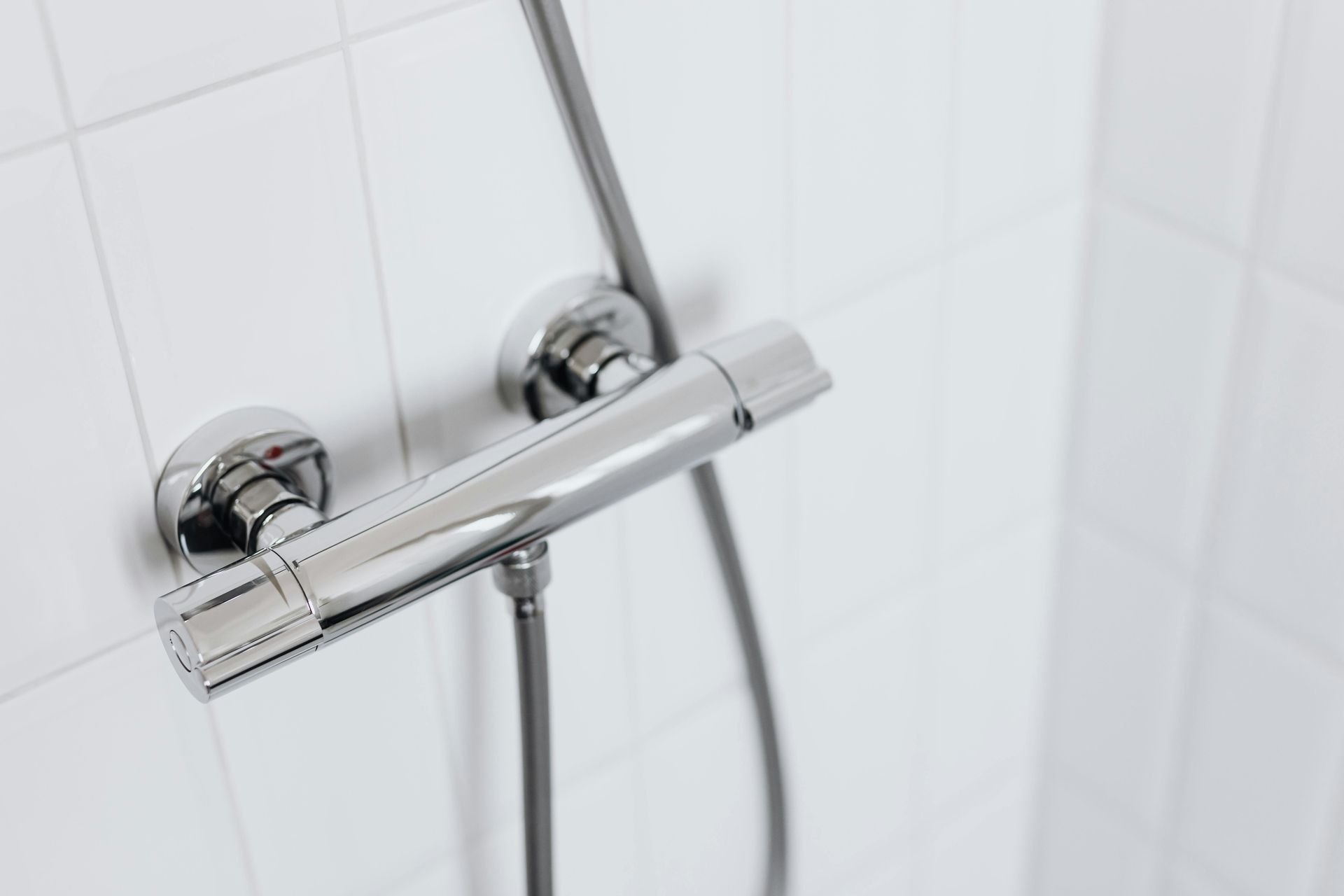How to Choose the Right Size Plunger for Your Drain Problems?
Clogged drains are a common household nuisance that can disrupt daily routines and sometimes lead to significant plumbing issues. Among the most accessible tools for addressing such problems is the plunger, a device designed to create suction and pressure to dislodge blockages. However, selecting the right size plunger is crucial for effectiveness. This comprehensive article examines factors to consider when choosing a plunger suited to your drain problems, providing professional insights from experienced technicians like All City Plumbers, while also touching upon broader plumbing care themes, including advice on emergency services and tips on how to locate & eliminate foul smells from your garbage disposal.
Understanding Different Types of Plungers
Before focusing on size, it is vital to recognize that plungers come in various types tailored to specific drains. The two main categories are:
- Cup Plungers: These have a simple rubber cup and are ideal for sinks and flat-surfaced drains. They form a seal over the drain opening to maximize suction.
- Flange Plungers (or Toilet Plungers): Equipped with an additional rubber flap or flange, they fit into the curved toilet drain opening and are designed to handle toilet clogs more effectively.
Choosing the appropriate plunger type aligns closely with selecting the correct size since both factors affect sealing and suction during use.
Importance of Plunger Size
The size of a plunger pertains mainly to the diameter of the rubber cup and its adaptability to different drain openings. Using a plunger too small for the drain can result in poor suction and inefficient clearing, while one that is excessively large may not fit properly, making it cumbersome and ineffective.
For example, bathroom sinks typically require smaller cup plungers with diameters around 3 to 4 inches, whereas toilets and large kitchen drains necessitate larger flange plungers roughly 5 to 6 inches or more in diameter.
Aligning plunger size to drain size ensures a tight seal, critical for building the necessary pressure to dislodge blockages.
Assessing Your Drain Size and Type
To choose the correct plunger size, first assess your drain:
- Measure the diameter of your drain opening or estimate visually.
- Identify whether the drain is flat or curved – sinks, tubs, and showers generally have flat drains, while toilets and some floor drains have curved openings.
- Consider the typical debris causing clogs: hair and soap scum in sinks versus toilet paper and waste in toilets.
This analysis guides whether a cup or flange plunger is most appropriate, and what size is optimal for your specific plumbing fixtures.
Material and Quality Considerations
While size and type are paramount, the quality of the plunger also affects performance. Durable rubber maintains flexibility and creates better seals. Additionally, handles made from strong materials like wood or heavy-duty plastic offer better leverage and longevity.
Top-quality plungers often incorporate ergonomic designs that ease prolonged use, which is beneficial in stubborn clog scenarios.
Practical Tips from All City Plumbers
Professional plumbers like those at All City Plumbers recommend keeping a small selection of plungers in your home: a cup plunger for sinks and tubs and a larger flange plunger for toilets. This variety provides flexibility when tackling different types of clogs efficiently.
Moreover, if you encounter persistent or complex drain problems, seeking emergency services ensures that the issue is resolved promptly to prevent property damage.
In routine maintenance, do not overlook related aspects such as how to locate & eliminate foul smells from your garbage disposal, since odors might indicate partial blockages or buildup requiring professional attention.
How to Use Your Plunger Effectively
To maximize the effectiveness of the right-sized plunger:
- Ensure the plunger cup completely covers and seals the drain opening.
- Use firm, consistent thrusts to generate pressure.
- Avoid excessive force that could damage plumbing.
- Repeat as necessary, allowing water to sit in the basin to help with suction.
If a clog resists plunging, it may require mechanical cleaning tools or professional intervention.
Conclusion
Choosing the right size plunger tailored to your drain’s dimensions and type is fundamental to resolving clogs efficiently. Consider drain diameter, plunger type, material quality, and usage techniques to guarantee best results. Leveraging expert advice from services like All City Plumbers equips homeowners to handle clogs confidently and maintain a healthy plumbing system.
Awareness of related plumbing issues, such as foul odors from garbage disposals, complements effective clog management and promotes overall home sanitation. For complex or emergency scenarios, prompt reliance on professional emergency services safeguards your home from plumbing damage.
Investing in the correct tools and knowledge empowers you to address common drain issues swiftly and economically.

